Bad effects and hazards of lead paints
In Australia prior to 1970 paints used in many houses contained very high levels of lead, any exposure to these paints and lead is a serious health hazard. The smallest amount of paint flakes, chips and or dust containing lead, stirred up during a repaint and or maintenance can be a health risk.
It does not matter who is painting, or doing any kind of maintenance on a house that could disturb paint coatings containing lead, this should be avoided, it will leave themselves, families, pets and surrounding neighbours fully exposed to its health risks and hazards. It is especially dangerous to young children, pregnant or breastfeeding women.
Since 1992 the recommended amount of lead in domestic paints has been reduced considerably from 50% pre 1965, to much safer level of 0.1% in 1997.
Lead, like asbestos in houses is generally only problem if it is damaged or disturbed. Paint coatings in good condition that is not peeling, flaking, powdery or chalking, and or is covered by a well coated lead free paint is not a hazard.
Also lead can be hazardous when it is on surfaces that have friction or impact subjected to them, such as windows and doors, or on handrails, balustrading etc. where children can chew that surface. We have also found moderate to high concentrations of lead found in garden soils in residential areas, this is generally due to residue from poorly maintained paint coatings containing lead-based paint.
The most common places lead paint is found is on window, window frames, doors, door frames, skirting boards, kitchen and bathroom cupboards, exterior walls, eaves , gutters, metal surfaces and fascia. Not only is it found externally but also commonly found on internal walls, ceilings and all surfaces with enamel paint. The traditional old days pink and red primers both contain lead, you should really be thinking twice before disturbing any surfaces that has had any of these paints applied or visible red or pinks on underlying coatings.
It is common a lot of the time even painters and home renovators don’t even realize they are creating lead hazards when working at home or on job sites. When lead paint is not being handled correctly any residue, dust, paint chips, flakes can be left behind in the garden for many years after the renovation or repainting is completed. Any paint stripping / removal by dry sanding be by hand or power tools, blasting, burning creates the serious danger because the particles are small enough to be inhaled, deposited and left in furnishings, curtains or carpet, making complete removal extremely difficult and nearly impossible.

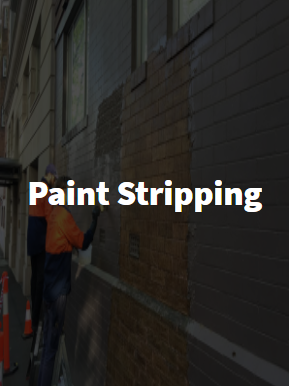
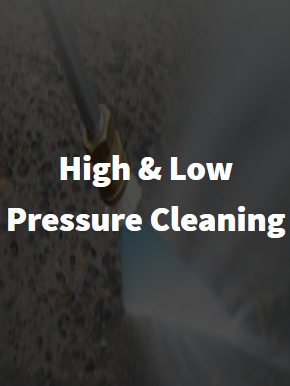
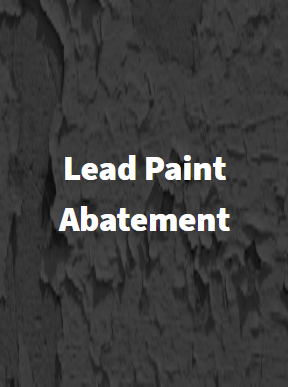




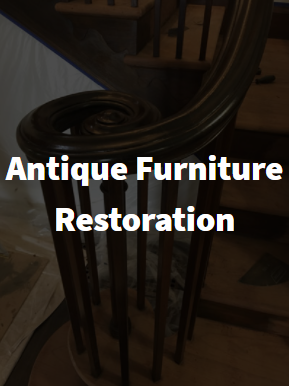
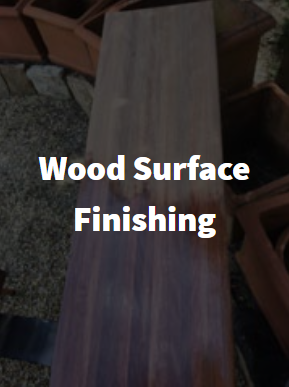
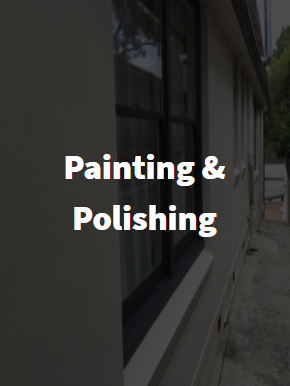
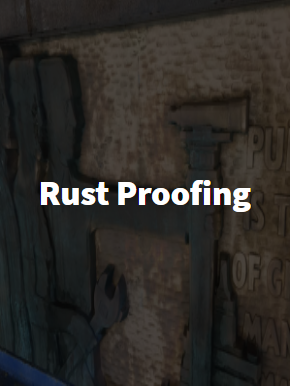
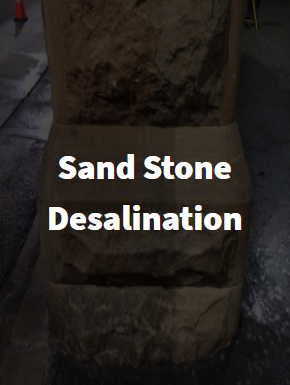
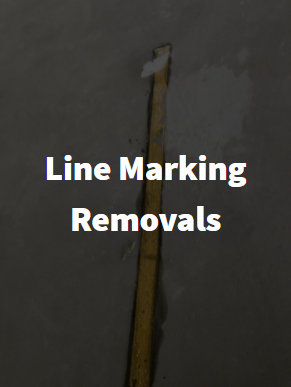
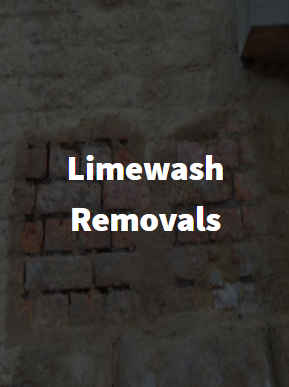
0 comments